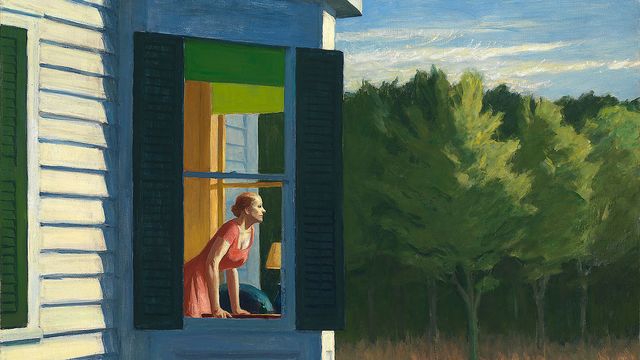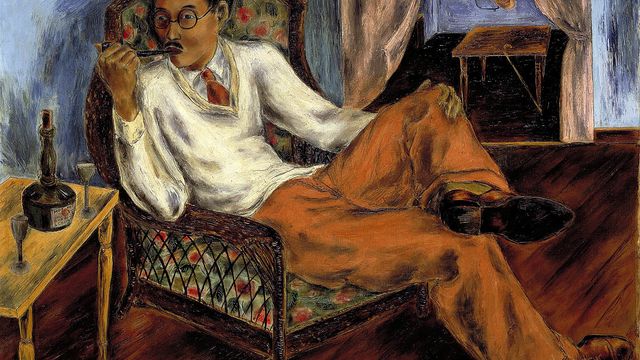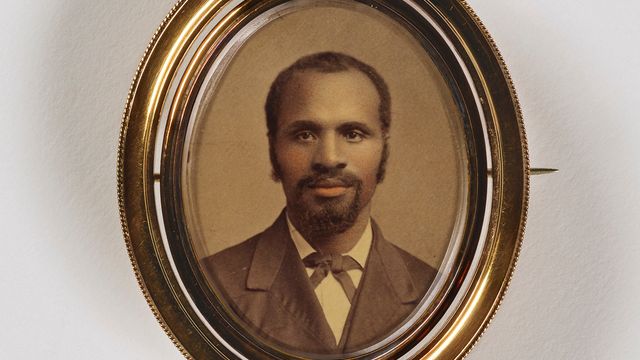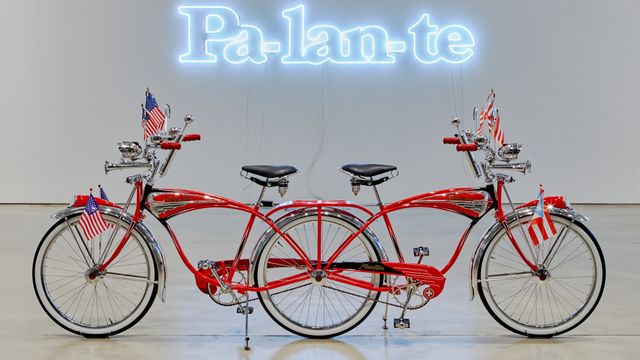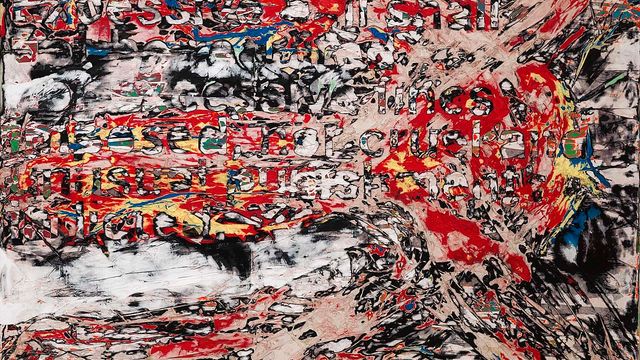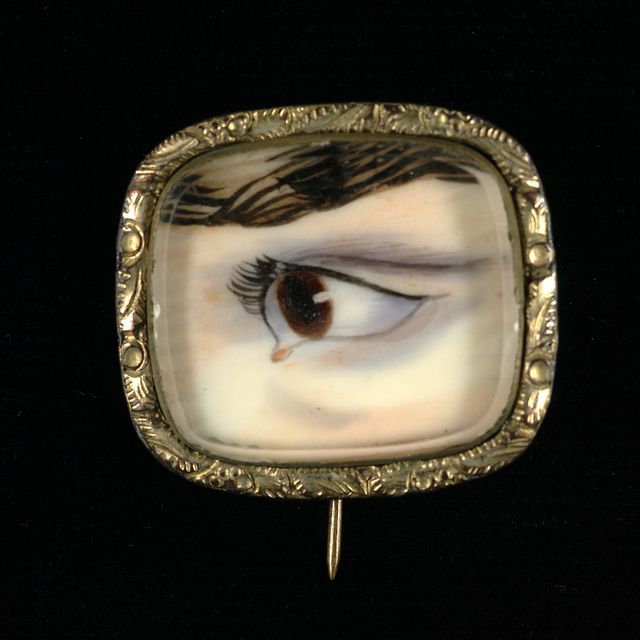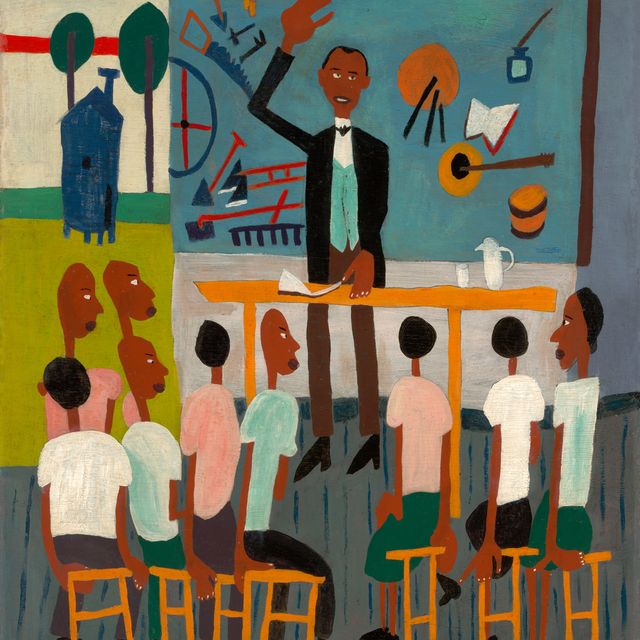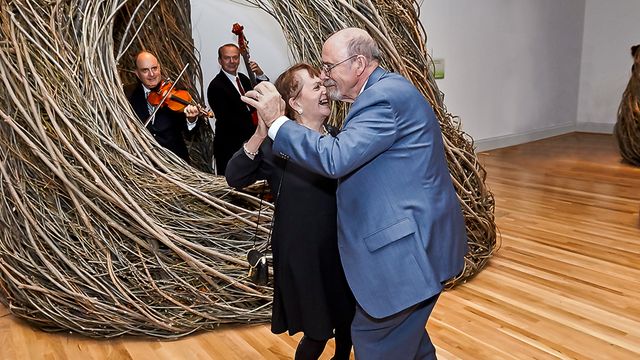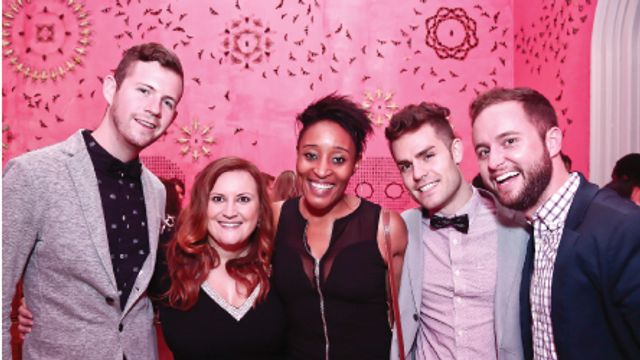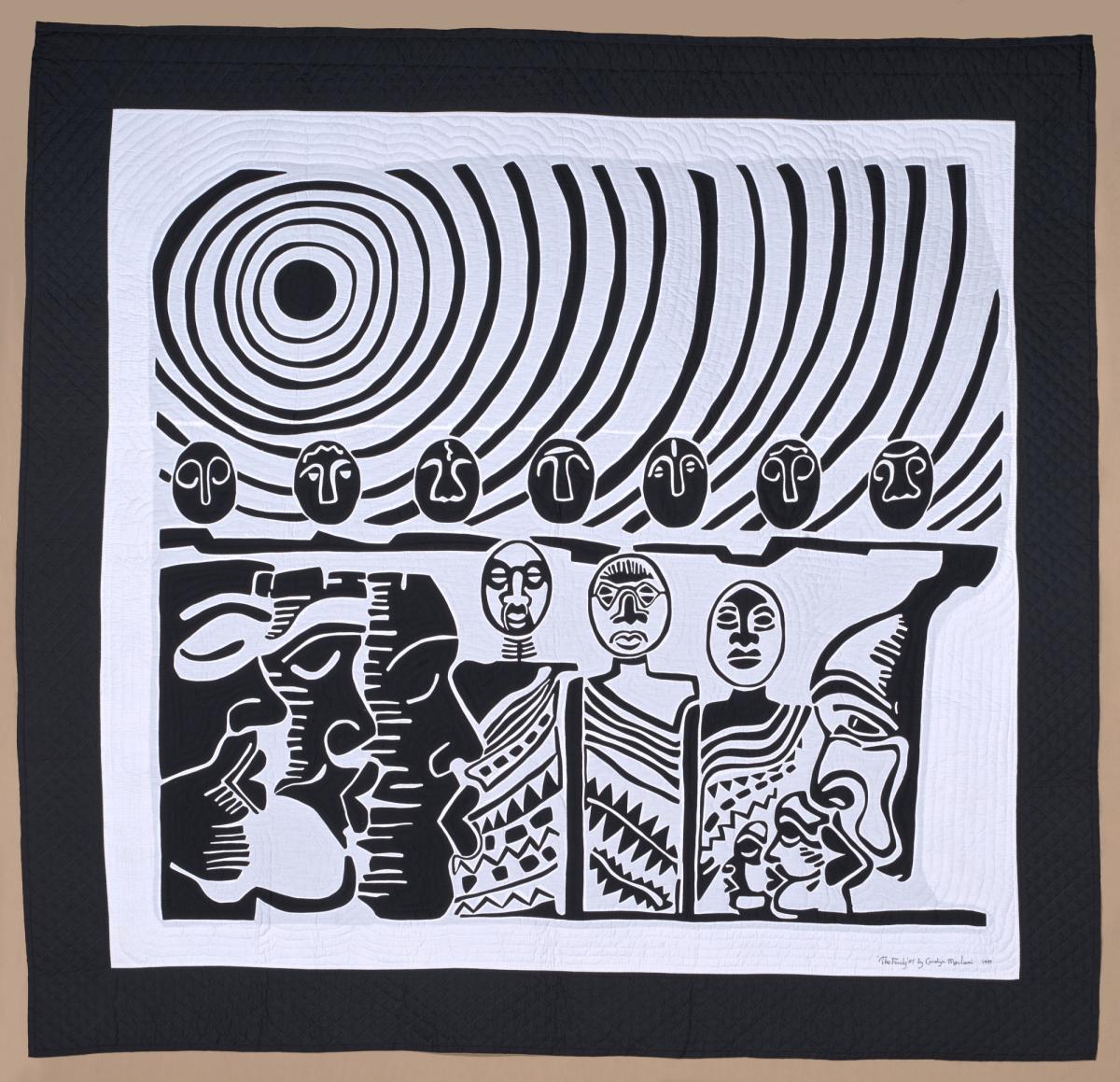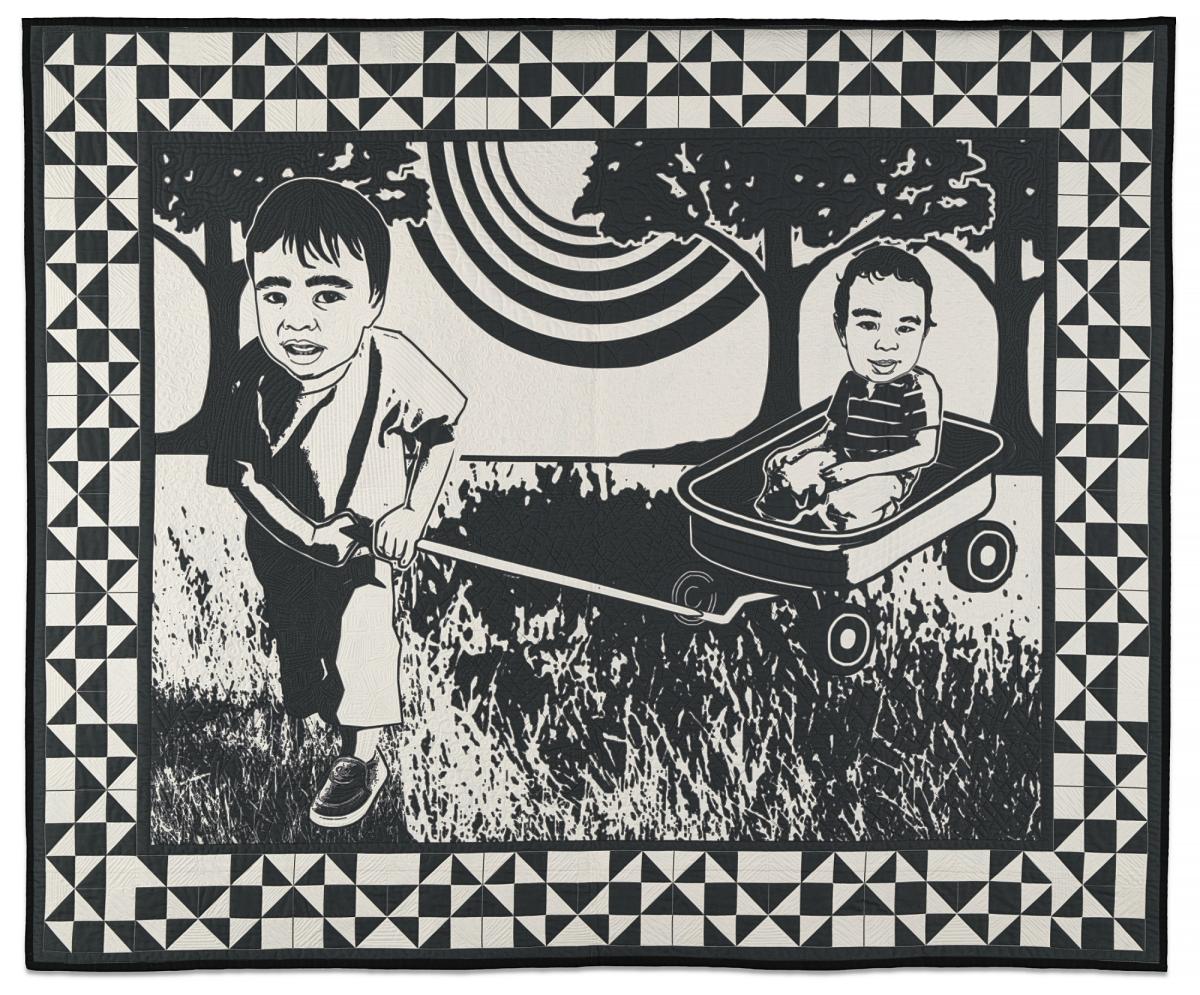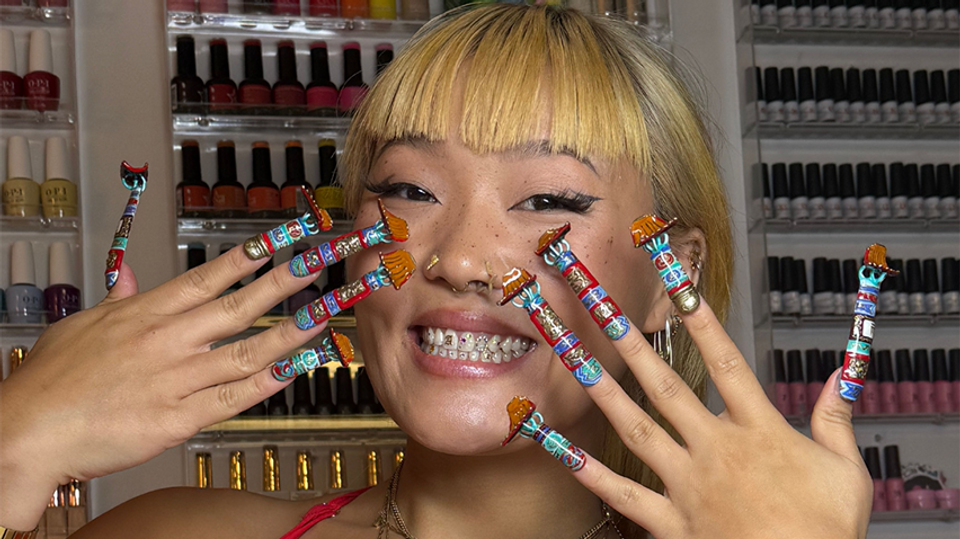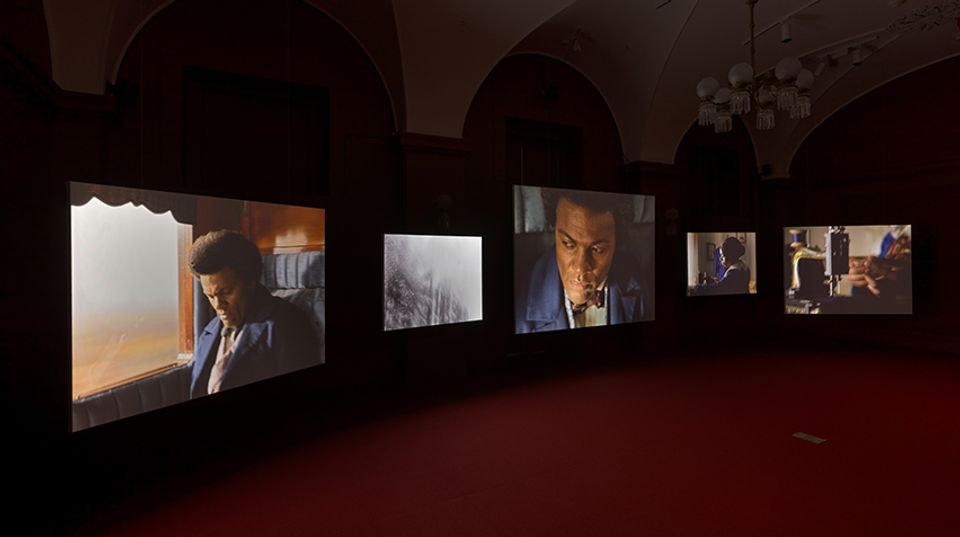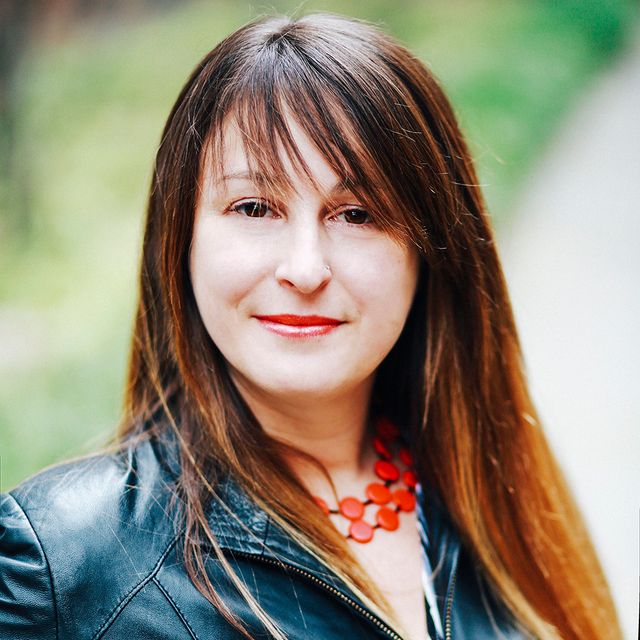
In the early 1970s, when Dr. Carolyn Mazloomi was working on her very first quilt, she couldn’t find any cotton batting to complete the project, so she decided to head to the drugstore, buy cotton, and make her own. She bought about a dozen boxes of rolled cotton sheets that were designed for first aid. At home, she realized she needed more and returned to the pharmacy a few more times. During the last visit, the pharmacist approached her with a look of concern and said, “I don’t know who is sick in your home, but I think you had better get them to the hospital, now!” Little did he know that the patient was a quilt.
Mazloomi’s creative practice has come a long way since that first quilt, which she still has (and asks her children not to show to anyone.) She first fell in love with quilts as a child. Her grandmother, who lived in rural Louisiana, made quilts. She remembers how the women in her family cast their eyes over her grandmother’s quilts and recognized fragments of their clothing—a dress or a skirt—that were incorporated onto the panels. “I remember those quilts vividly,” Mazloomi says, “The memories that the textile holds is important.” Generations later, Mazloomi’s own quilts, primarily done in black-and-white, often address, “some facet of African American history or the status of women and how I am involved with my family.” It all depends, she adds, “on what I’m interested in at the moment.”
Mazloomi describes herself as an elder African American woman, born and raised in the Jim Crow segregated south—a wife, mother, and grandmother, as well as an artist. When quilt making became central to her life, she began to wonder who else was making quilts that reflected her life and experiences. “In my travels I would see quilts for sale, but I never saw African American quiltmakers. I wondered, ‘Where are all the quiltmakers? I see the quilts, but I don’t see the makers.’” She put an advertisement in a national quilt magazine and asked that any African American quiltmakers reading the magazine contact her.
As a result, nine women wrote to her, and each was thinking the same thing: that they were the only Black quilter around and working in isolation. That's how she founded the Women of Color Quilters Network in 1985 (Four years earlier, she had founded the African American Quilt Guild of Los Angeles). “For me,” Mazloomi says, “It has always been about finding a place in American quilt history for African American quilts.” Over the course of two generations, the network has become a family, and recently, a selection of their quilts have become part of SAAM’s permanent collection. “It’s a beautiful thing to have support not only personally, but professionally, in our art form. I think this is one of the reasons we have lasted 40 years. We, as quiltmakers, always have something to say. So, we will always keep swinging that needle and cutting the fabric and making the quilts until we can’t do it anymore.”
This story features excerpts from a 2025 interview with Dr. Carolyn Mazloomi that have been edited for length and clarity. Hear more from Mazloomi in the latest addition to the museum’s “Meet the Artist” video series.



